Developing scalable, fit-for-purpose bioreactor and bioprocessing technologies for cultivated meat
Optimizing bioreactor and bioprocessing technologies for the needs of the cultivated meat industry has the potential to substantially reduce the cost of cultivated meat production. Innovations in cultivated meat bioprocessing can be broadly classified into strategies focused on food-grade operation, process intensification, and the exploration of novel bioreactor geometries.
-
Cultivated
- Research
- Commercial
- Production
- R&D
- Bioprocess design
- Industry
- Academics
- Startups
Current challenge
The upstream portion of cultivated meat bioprocessing is a substantial contributor to cost (Garrison et al. 2022). In the cost-sensitive environment of cultivated meat, in which current challenges are largely centralized around achieving price parity with conventional meat, a large focus is on reducing cultivated meat bioprocessing costs.
Cell culture in a bioreactor is the predominant unit operation occurring in upstream bioprocessing, with other upstream steps being auxiliary and supportive for cell culture – this includes, for example, media formulation to blend and prepare culture medium prior to being piped into the bioreactor pre-inoculation. The bioreactors used in cultivated meat are still largely ported from traditional food and pharmaceutical industry designs. These designs are not specifically tailored to cultivated meat production needs and thus drive higher costs through inefficiencies in this lack of fit.
Proposed solution
Designing fit-for-purpose bioreactor technologies, which have been specifically engineered to meet the needs of the cultivated meat industry, has the potential to reduce bioprocessing costs. Fit-for-purpose innovation can be broadly classified as either food-grade operation, process intensification, or reactor geometries (Figure 1).

Food-grade operation
Food-grade operation innovations consist primarily of those that reduce costs by either novel approaches or translating the standard operating procedures and best practices of constructing or utilizing technology in adjacent industries (e.g., biopharmaceuticals) to procedures and best practices for cultivated meat. Novel approaches could include pathways for extending cell culture media lifetimes through recycling or otherwise (Hubalek et al. 2022).
Many of the basic technologies for cultivated meat come from the biopharmaceutical industry, which is restricted to higher quality and safety standards than would be necessarily required for cultivated meat. Taking water used in the bioprocessing for an example comparison, pharmaceutical-grade water must pass rigorous purity standards, while food-grade water is simply required to be generally recognized as safe (GRAS) for human consumption. These differences in water regulation should be considered in the design of the cell culture media and sterility controls of the bioreactor (e.g., clean-in-place, steam-in-place). Equipment material composition is another area to consider in porting over biopharmaceutical industry design, with the 316 stainless steel often required by biopharma able to potentially be replaced with the less expensive 304 stainless steel for food operation (Negulescu et al. 2022). Alternatively, development and utilization of food-grade sterilization processes (e.g., replacing steam-in-place with processes involving chlorine dioxide gas) may enable different, less expensive materials or less thick walls (and thus less material per vessel).
Translating to food-grade operation from pharmaceutical-grade operation involves not only quality, but also quantity. Food-grade cell culture media reagents need new supply chains to be mobilized for production at both higher quantities and lower quality grades than pharmaceutical needs. The same will likely be true for bioreactors and other processing consumables as the industry scales.
Process intensification
Process intensification in this context is the mindset of increasing the efficiency of the bioreactor and also viewing the bioreactor as more than just the stage for cell cultivation. The mode of bioprocess operation is an important design choice that significantly influences the availability of pathways to efficiency and augmented functionality. Specific examples of methods deployed to increase efficiency of upstream processing include high-density and high-volume cell banking to reduce seed train time and costs (Bellani et al. 2020).
The bioreactor can also be equipped with complimentary capabilities to improve process efficiency and reduce costs. These capabilities can be (non-exhaustively) classified into three primary areas:
- Cell retention devices to exchange media and maintain high nutrient (and low waste) levels (Pajčin et al. 2022),
- Cell capture devices to be able to harvest portions of the cell population from an ongoing cell culture to enable smaller and higher utilization of downstream resources,
- Processes that allow for cultivation and differentiation to occur either simultaneously or in series in the same bioreactor to reduce differentiation vessel costs, and
- Better and/or multiplexed sensor equipment and real-time monitoring, which provide large performance datasets and opens the door for artificial intelligence and machine learning applications in process improvement (Mondal et al. 2023).
Central to at least items #1 and #2 are cost-effective and fit-for-purpose filtration systems.
Reactor and impeller geometries
The cultivated meat community understands the importance of achieving economies of scale to reduce costs. The benefits of economies of scale associated with a shift toward larger bioreactor volumes in the cultivated meat context can be characterized largely as decreased capital expenditures for reactor equipment per unit production (e.g., less stainless steel, piping, and sensors per unit culture volume) and decreased operating time and costs per unit production (e.g., less operator time needed per unit culture volume). When viewed from this constituent benefit lens, it allows one to consider other means in tandem with or in lieu of scale-up to reduce costs. Exploration of reactor geometries, impellers, and upstream configurations are approaches to do just that. For example, while single-use technology (SUT) approaches have faced limited scale-up volumes to date, they reduce operating costs by eliminating cleaning costs and, perhaps more importantly, the time associated with cleaning, which allows for a higher utilization of the bioreactor (Lopes 2015). While such approaches are associated with increased plastic waste, this is balanced by substantially reduced emissions due to reductions in the need for cleaning and sterilization. Designing fit-for-purpose versions of SUT systems for cultivated meat is worth exploring as a strategy to reduce both the environmental and monetary costs associated with single-use bags.
Initial computational evaluations of alternative bioreactor geometries for cultivated meat suggest there may be value in further investigation (e.g., airlift reactor) (Negulescu et al. 2023). Similarly, novel impeller geometries that increase mixing efficiency within the bioreactor have been explored and merit further investigation (Wyrobnik et al. 2022).
Some examples of different reactor types being used in industry include,
A more exhaustive resource for innovations in cultivated meat bioprocess design can be found by searching through GFI’s cultivated meat patent database.
Anticipated impact
The following potential impacts should be kept in mind as technology moves forward.
Reducing or shifting costs
It is important to understand bioreactor selection from a perspective of holistic economic and environmental impact – when bioreactor design selections are considered, are costs being reduced or shifted to a different section of the manufacturing? For example, shifting from batch to semi-continuous mode of operation will translate into more frequent, and likely smaller, batches of cells harvested and sent to downstream processing. How does this change the sizing and utilization of the downstream processing? Does it change in a way that reduces the benefits associated with economies of scale? If there is significant labor involved in the downstream processing, how much would that increase with the more frequent batches? Ultimately, what is needed is a clear understanding of the overall capital expenditures (CAPEX) and operating expenditures (OPEX). Space-time yield, the volumetric flow rate of product divided by the volume of the reactor, is a useful process characteristic to keep in mind when asking questions around bioprocess design and cost optimization.
The design and selection of any single unit operation is also likely to significantly influence the larger framing of the production, ranging from the applicability of automation, HVAC requirements in the facility, environmental controls for cleanliness, and facility design.
Resource efficiency vs. economies of scale
The enormous scale-up required for cultivated meat products beyond traditional cell culture needs drives a further question – how to balance resource efficiency and economies of scale? Mobilizing supply chains for the cultivated meat industry will drive new constraints on the raw materials that may be difficult to predict as the path forward continues to be charted. This could certainly drive a circumstance in which resource efficiency and economies of scale are not in complete alignment, as has been observed in biofuels (Zetterholm et al. 2018). The cultivated meat industry should consider this balance, and how it can be shifted, throughout the process and facility design stages.
GFI resources
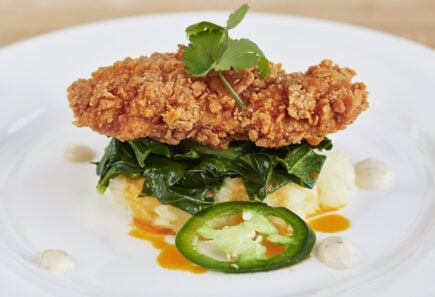
The science of cultivated meat
Learn about the science of cultivated meat and the challenges that must be addressed for commercial production.
Cultivated meat growth factor volume and cost analysis
GFI and collaborators model the quantities and cost profiles of growth factors and recombinant proteins needed for a mature cultivated meat industry.
Meet the author

Matt McNulty
GFI RESEARCH FELLOW
University of California, Davis
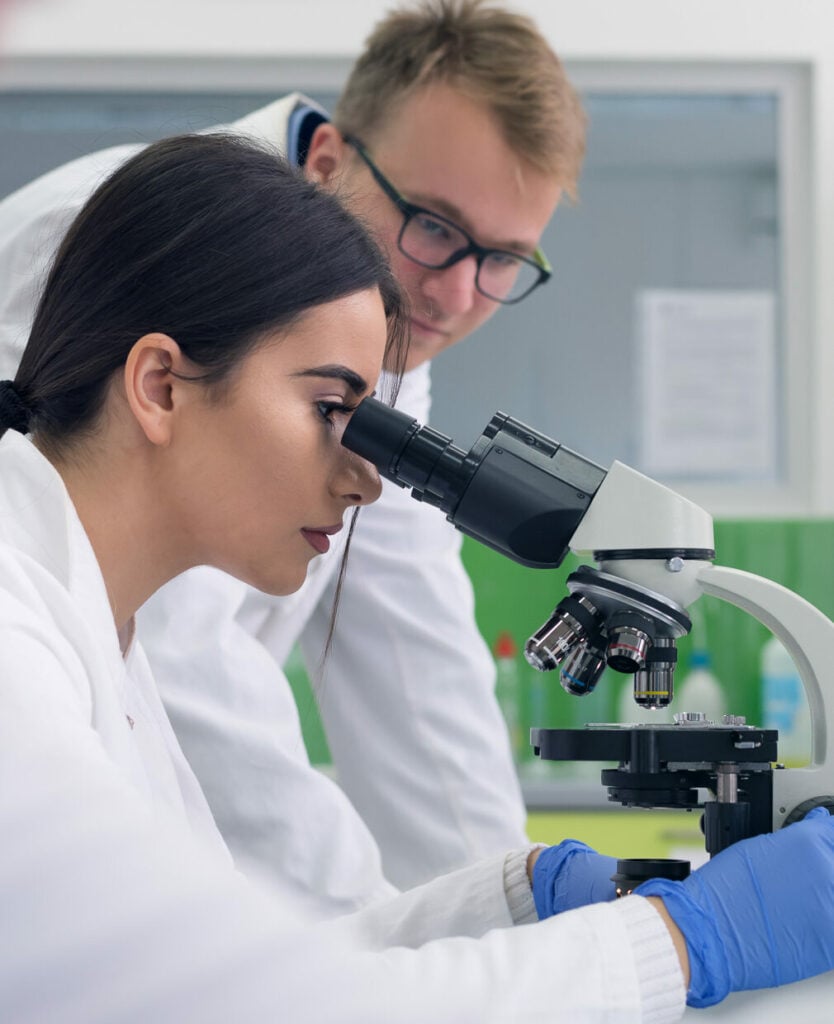
Find collaborators
Join the GFIdeas global community of 2,000+ entrepreneurs, scientists, investors, and subject matter experts. Discuss projects on the members-only Slack community, attend monthly seminars, and use the community directory to help you find collaborators working on similar Solutions!
Related solutions
-
Cultivated
-
Fermentation
B2B bioreactor technology company
Alternative protein companies would benefit from the availability of off-the-shelf or customizable bioreactors for cultivated meat and fermentation-derived products. This need could be filled by increased investment in and support…
-
Cultivated
Scaffolds and structural approaches to optimize fat distribution and content in cultivated meat
The inclusion of fat and marbling in cultivated meat is likely to increase its flavor, texture, and consumer appeal. Structural approaches using edible microcarriers, hydrogels, and 3D bioprinting present promising…
Related GFI research grants
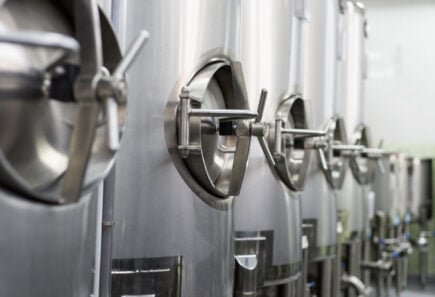
Designing cost-effective bioreactors
Learn about Dr. Marianne Ellis’s work at University of Bath to reduce the cost of bioreactors for cultivated meat production.
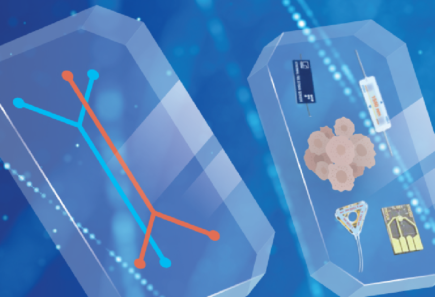
Integrating sensors into bioreactors
GFI grantees Dr. Ivana Gadjanski and Dr. Vasa Radonic are integrating sensors into bioreactors for cultivated meat production.

Co-culturing cells
GFI grantee Dr. Mariana Petronela Hanga is researching culturing different cell types at the same time.

Biomanufacturing scaffold-free cultivated meat
Learn about Dr. Yuguo Lei’s research to develop an integrated solution for biomanufacturing large-volume cultivated meat at Penn State.
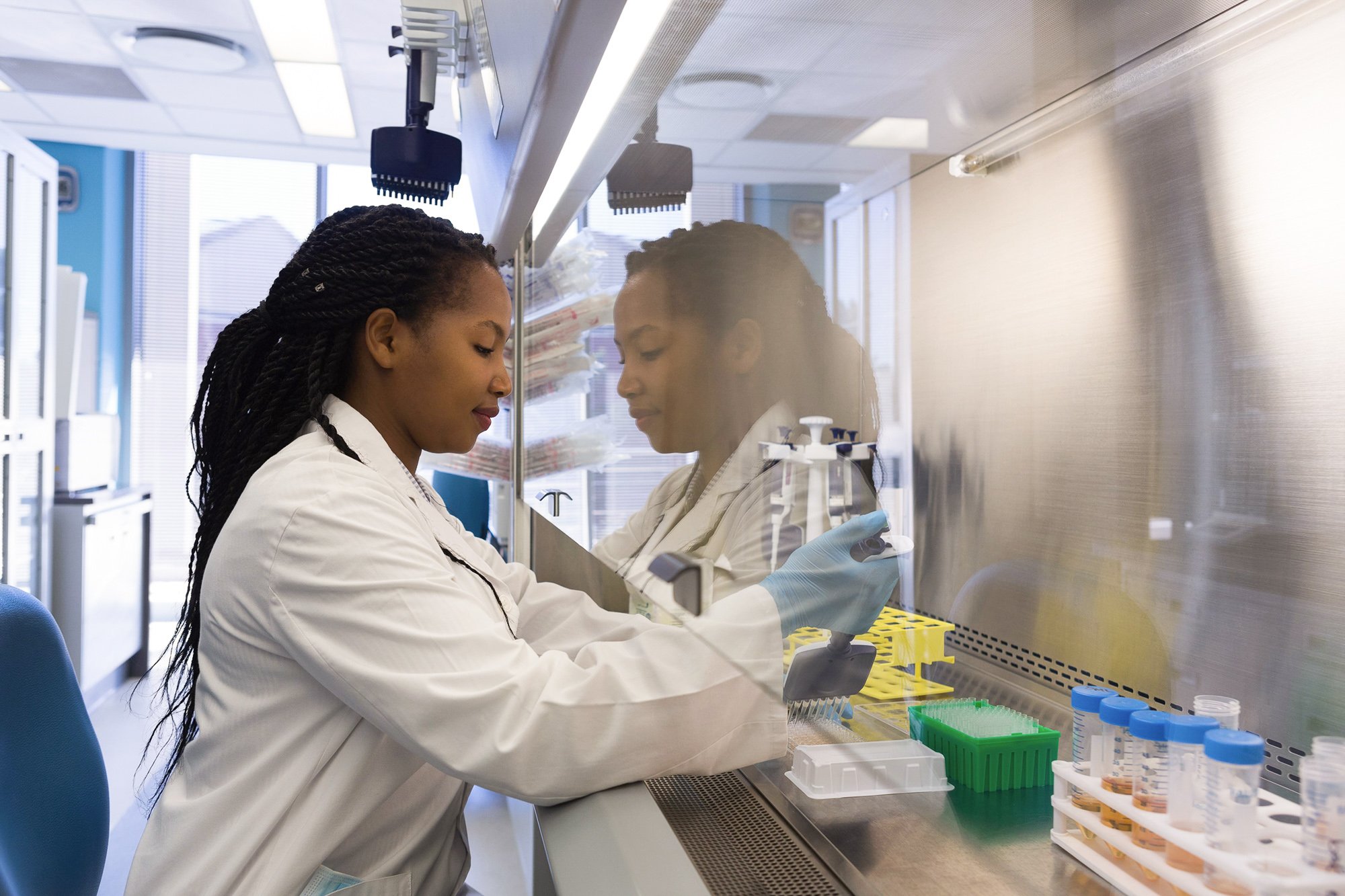
Explore the full solutions database
Browse 100+ startup ideas, commercial opportunities, research projects, and investment priorities throughout the alternative protein supply chain.
Get involved
If you’d like to fund a research project, work on any of these solutions, share information about related efforts that are already underway, or elevate new ideas for advancing the alternative protein industry, we’d love to hear from you!
